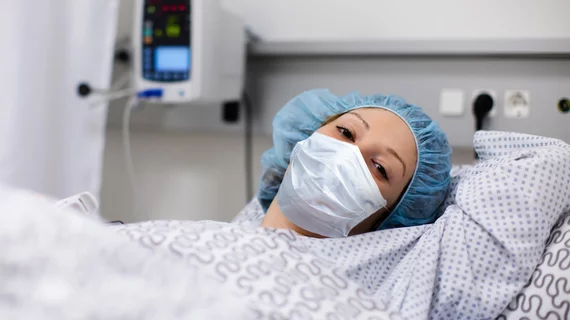Patients with cancerous neuroendocrine tumors can undergo 64Cu-dotatate PET/CT imaging up to three hours post-injection without any loss of quality or accuracy.
That’s according to a new prospective study out of the University of Copenhagen in Denmark, which compared scans performed at both time windows, published in the January issue of the Journal of Nuclear Medicine.
Past research has shown that performing 64Cu-dotatate PET/CT imaging one hour after injection accurately detects lesions in patients with neuroendocrine neoplasms. But Andreas Kjaer, MD, PhD, DMSc, a professor at the university, and colleagues thought this imaging time window could be extended.
“Given the long half-life and excellent image resolution of 64Cu-dotatate PET, we sought to investigate if the imaging time window ... could be expanded from one hour to up to three hours without a loss in the ability to detect lesions,” Kjaer, also the chief physician at Rigshospitalet, the National University Hospital of Denmark, said in a statement.
As part of the study, 35 patients with neuroendocrine neoplasms—relatively rare, heterogenous tumors—underwent 64Cu-dotatate whole-body PET imaging at both one-hour post-injection and three hours. Investigators then counted the number of lesions on the scan, separated them by organ or region, and compared their findings.
The team found 882 lesions visible on both imaging time frames. Only one true lesion was found on one PET scan and not the other. And throughout both imaging times, tumor-to-normal tissue ratios remained high across all key organs, including the liver, intestines, pancreas and bone.
“The high agreement in the number of lesions detected on both the one-hour and three-hour post-injection 64Cu-dotatate PET supports the rationale of expanding the imaging time window,” Kjaer explained. “Since 64Cu-dotatate has a shelf-life of 24 hours, which is much longer than other PET imaging options, it offers greater convenience and flexibility for routine imaging of patients with neuroendocrine neoplasms. We expect to see more 64Cu-labeled PET tracers for routine use in the future.”

